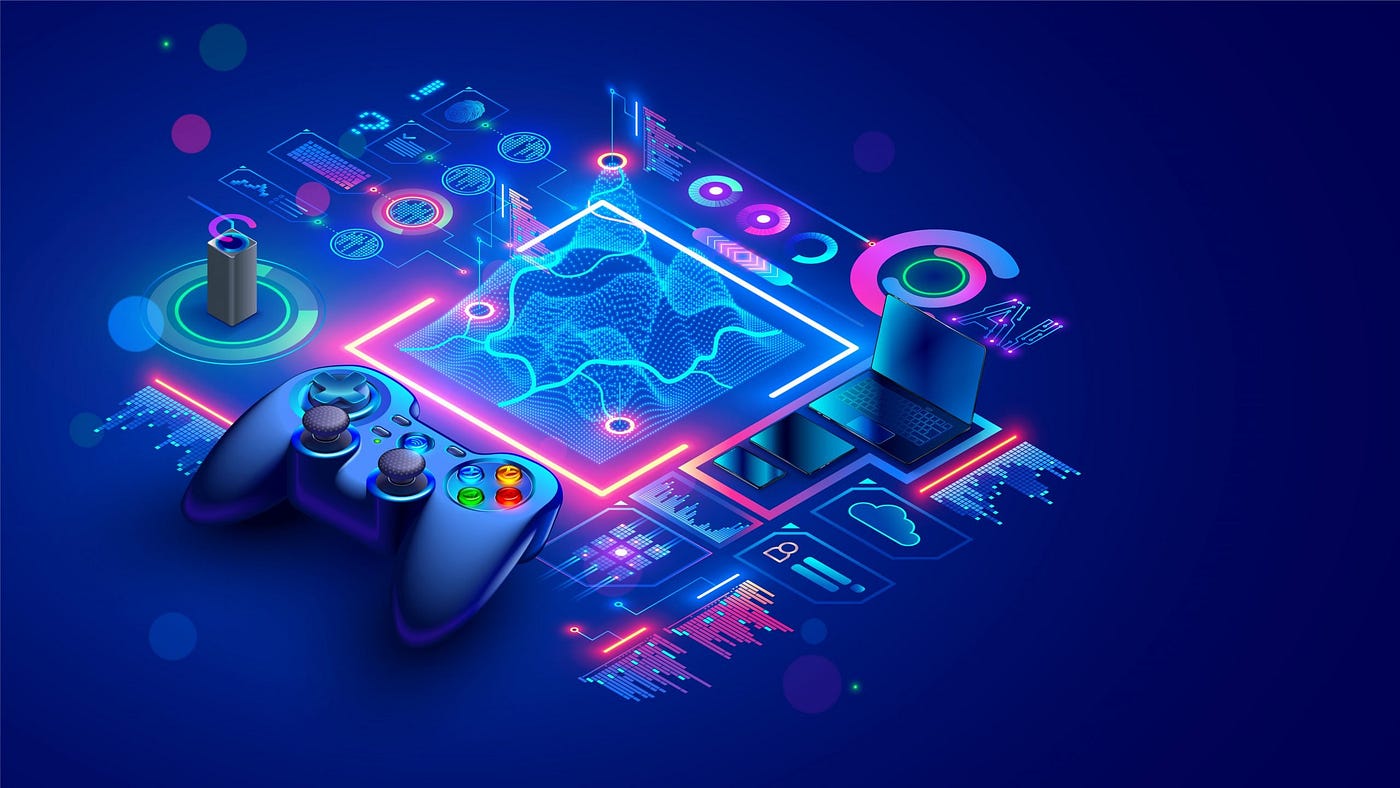Working in the video game business, Sarah, an anonymous Reddit member, recently vented her aggravation by writing, “I lost everything that made me love my job through Midjourney overnight.” She was alluding to the important influence that the AI art creation program Midjourney has on her work as a video game creator.
Midjourney and DALL-E
The AI-powered app Midjourney, created by a lab of the same name, generates graphics from questions. It performs in a manner comparable to that of OpenAI’s DALL-E program, which has become well-known for its capacity to generate pictures from text inputs. Sarah’s job with Midjourney underwent a significant change. Previously, she would enjoy her creativity as she painstakingly created 3D settings and characters by hand. However, everything was altered by the arrival of Midjourney’s fifth generation.
In order to get Midjourney started, Sarah’s business fed it images and learning cues from the web, fashionable video games, and pre-existing imagery. The process of developing and editing pictures would have traditionally taken weeks, but the AI tool could do it in only an hour or less. Sarah’s function changed as a result, going from concept creator to artist to needing to clean up and polish the AI’s work.
The industry is becoming increasingly concerned as AI technology permeates the creative industries about the possibility of lost employment opportunities and just remuneration. Numerous businesspeople and cognitive scientists are urging debates on AI’s effects and the necessity of striking a balance between automation and human innovation.
Industry-wide discussions on the purpose, uses, and constraints of AI are urgently needed. To establish an inclusive and fair AI ecosystem that satisfies the interests of developers, designers, gamers, and owners of video game companies, the conversations should include a variety of viewpoints.
Midjourney and DALL-E development
While there are certain worries, the game industry has a lot to gain from AI tools like Midjourney and DALL-E. By speeding up the development process and saving video game publishers money, these solutions can help content producers. To ensure the ethical and legitimate use of AI in the sector, rules and norms must be established.
Additionally, AI techniques are not just for aesthetic purposes. By making it possible to build realistic non-playable characters (NPCs), they have the potential to produce more engaging gaming experiences. Less repetition and conventional end points are achieved through more interesting gameplay because to these NPCs’ ability to grow, recall previous interactions, and display organic behaviours.
AI-based technologies are only one example of innovation in the gaming sector. The ownership and profitability of virtual assets are being revolutionized by businesses like Gameflip, which is changing the landscape. Gameflip offers a marketplace where users may “flip” their in-game possessions, placing an emphasis on player ownership and public gaming spaces.
It is crucial to embrace the possibilities of AI technologies as the game industry develops while simultaneously addressing worries about how they may affect jobs and innovation. The industry can handle the revolutionary force of generative AI technology and build a future that benefits all stakeholders by working together and having intelligent conversations.
Sources:
Midjourney: An AI Art Generation Tool
DALL-E: Creating Images from Text
Gameflip: Buy, sell, and discover new gaming items
Read Also : 4 Other Ways to Make Money with YouTube Shorts




One thought on “How the Gaming Industry is Being Transformed by Generative Tools Like Midjourney and DALL-E”